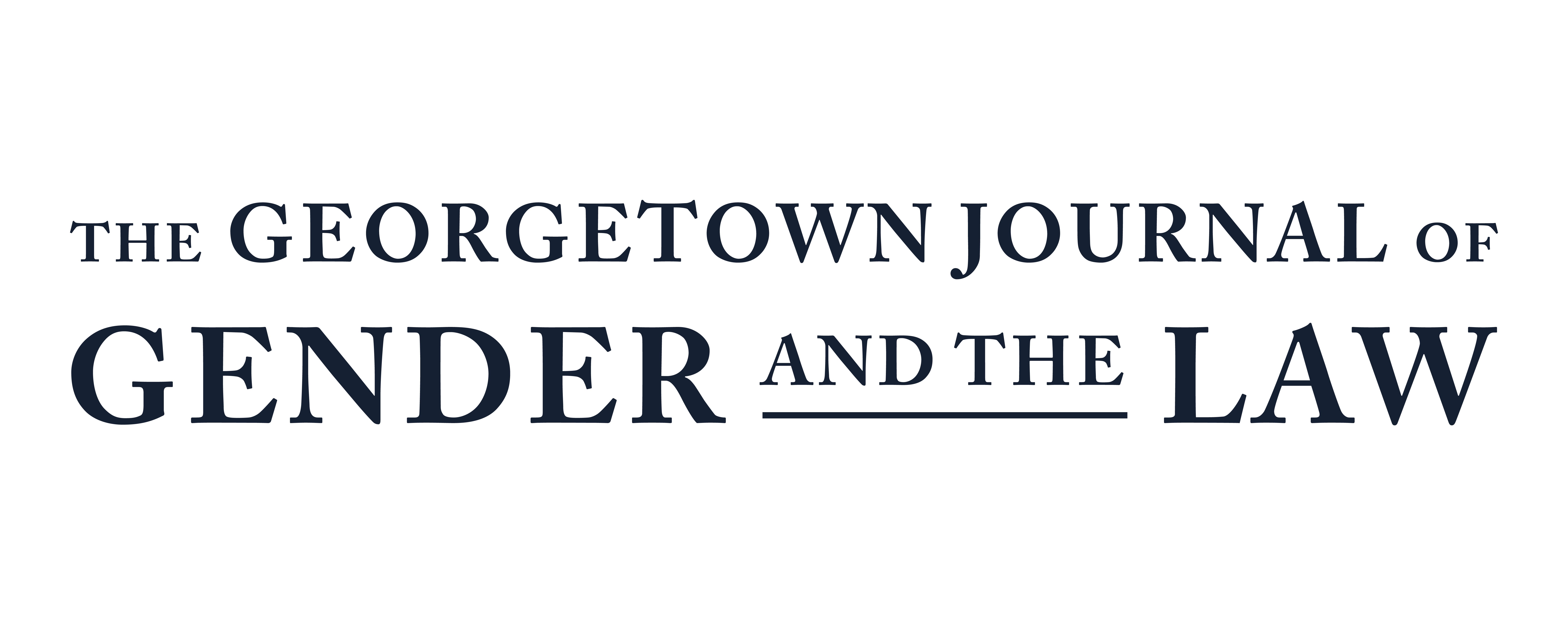Health Care Access: Access After Health Care Reform
Health services in the United States are distributed to individuals through a dual system of insurers and providers. Although Americans have the option to pay providers themselves and hospitals are required to provide emergency treatment, in practice, “health care access” requires access to both insurance and willing providers. To expand such access, Congress and the President engaged in an effort to overhaul the health care financing and delivery systems, resulting in the passage of the Patient Protection and Affordable Care Act (“ACA”) and the Health Care and Education Reconciliation Act (“HCERA”). In 2016, estimated out-of-pocket costs for individuals qualifying for cost-sharing reductions were markedly lower—with plan and health care usage variations—in the largest markets of the thirty-eight states which undertake marketplace enrollment via the federal website. Additionally, since 2017, marketplace insurers have been able to offer consumers standard insurance plans to bring about more equal cost sharing. However, health exchange premiums saw a
greater increase for 2023-2024 plans versus 2022-2023 plans.
Part I of this Article provides a brief overview of health care access and includes the status of access prior to the ACA, key changes introduced by the ACA, and legislative and judicial challenges to the ACA. Part II discusses provisions of particular pertinence to women and transgender men. Part III discusses the prohibition on discrimination based on gender identity and the remedies for
such individuals.
Keep Reading Health Care Access: Access After Health Care Reform.

